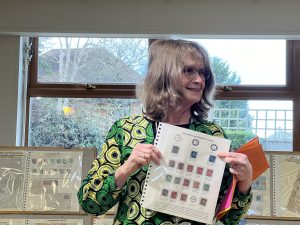An introduction to Trinidad and Tobago:
The Republic of Trinidad and Tobago, is the southernmost island country in the Caribbean. Consisting of the main islands Trinidad and Tobago and numerous much smaller islands, it is situated 6.8 miles off the coast of Venezuela and 81 miles south of Grenada. The island country’s capital is Port of Spain, while its largest and most populous city is San Fernando. The population is about 1.4m.
The island of Trinidad was inhabited for centuries by Indigenous peoples before becoming a colony in the Spanish Empire, following the arrival of Christopher Columbus, in 1498. Spanish governor José María Chacón surrendered the island to a British fleet under the command of Sir Ralph Abercromby in 1797. Trinidad and Tobago were ceded to Britain in 1802 under the Treaty of Amiens as separate states and unified in 1889. Trinidad and Tobago obtained independence in 1962, becoming a republic in 1976.
Unlike most Caribbean nations and territories, which rely heavily on tourism, the economy is primarily industrial with an emphasis on petroleum and petrochemicals; much of the nation’s wealth is derived from its large reserves of oil and natural gas.
Trinidad and Tobago is well known for its African and Indian cultures, reflected in its large and famous Carnival, Diwali, and Hosay celebrations, as well as being the birthplace of steelpan, the limbo, and music styles such as calypso, and soca.
Susan Taylor (Chair at Guildford PS, and Secretary of the West Indies Philatelic Study Group) plans to present several scenarios from the history of Trinidad and Tobago, in an effort to give us a broad perspective on the philatelic story of the islands.
Susan’s presentation includes
– Early ship letters from both islands written by people who worked on the plantations, and who were traders.
– The early stamps of Trinidad and Tobago, and the Provisional stamps produced at times of shortages.
– Displays showing the numerical postmarks of the early post offices
– An introduction to the early postage due stamps – Trinidad was the first place in the Empire to have these.
– The first joint Trinidad and Tobago stamps of 1913, often overprinted for war taxes or to raise red cross funds during WW1.
– Stamps, covers, and postal stationary of the Victoria, Edward, George V and George VI eras.
– Events leading up to the country’s declaration of Independence
– ‘An Old Tin of Stamps’ display that demonstrated how much interest one can find in just one definitive series…in this case the QE2 series of the 1950’s. The 16 page display includes varieties, village postmarks, paquebots, fiscal use, colours and watermarks.
– A look at the people appearing on the stamps of the islands from Britannia and the royals to calypso artists, the pope and even beauty queens.
– A display of the first 100 postal slogans of Trinidad and Tobago, and some reflections on how they illustrate social change in the country over the years.


